13 Overlooked Film Stars of the 1960s
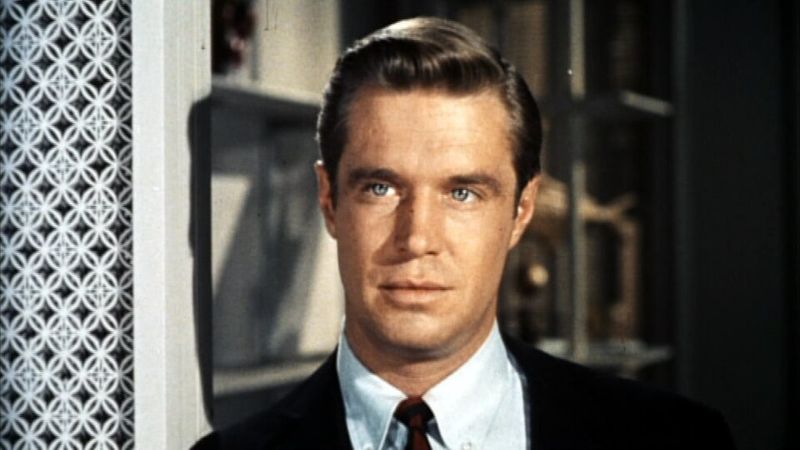
The swinging sixties brought us iconic stars like Audrey Hepburn and Paul Newman, but many talented actors never received their due recognition. Behind the famous faces we all know were incredible performers who delivered memorable performances but somehow faded from public memory. These overlooked stars of the 1960s deserve a second look for their contributions to cinema during this revolutionary decade.
1. Jean Seberg
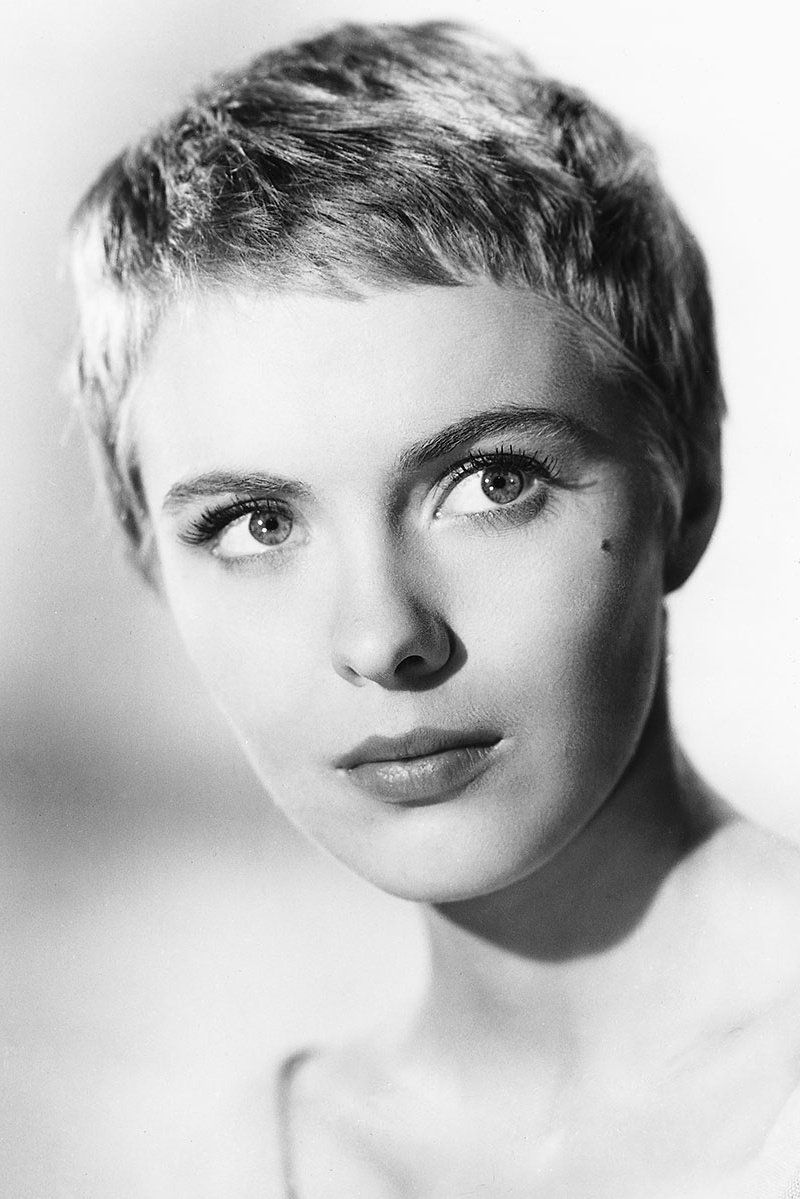
Her pixie haircut launched a thousand imitations, but Jean Seberg’s talent went far beyond her trendsetting look. After being plucked from obscurity in Iowa, Seberg became the darling of French New Wave cinema with her breakthrough in Jean-Luc Godard’s “Breathless” (1960).
Hollywood never quite knew what to do with her unique blend of vulnerability and cool detachment. Films like “Lilith” (1964) showcased her remarkable range, yet major stardom remained elusive. Tragically, FBI harassment due to her civil rights activism contributed to her career decline and eventual suicide in 1979. At just 40 years old, cinema lost a pioneer who bridged European art films and American cinema with effortless grace.
2. Dorothy Dandridge
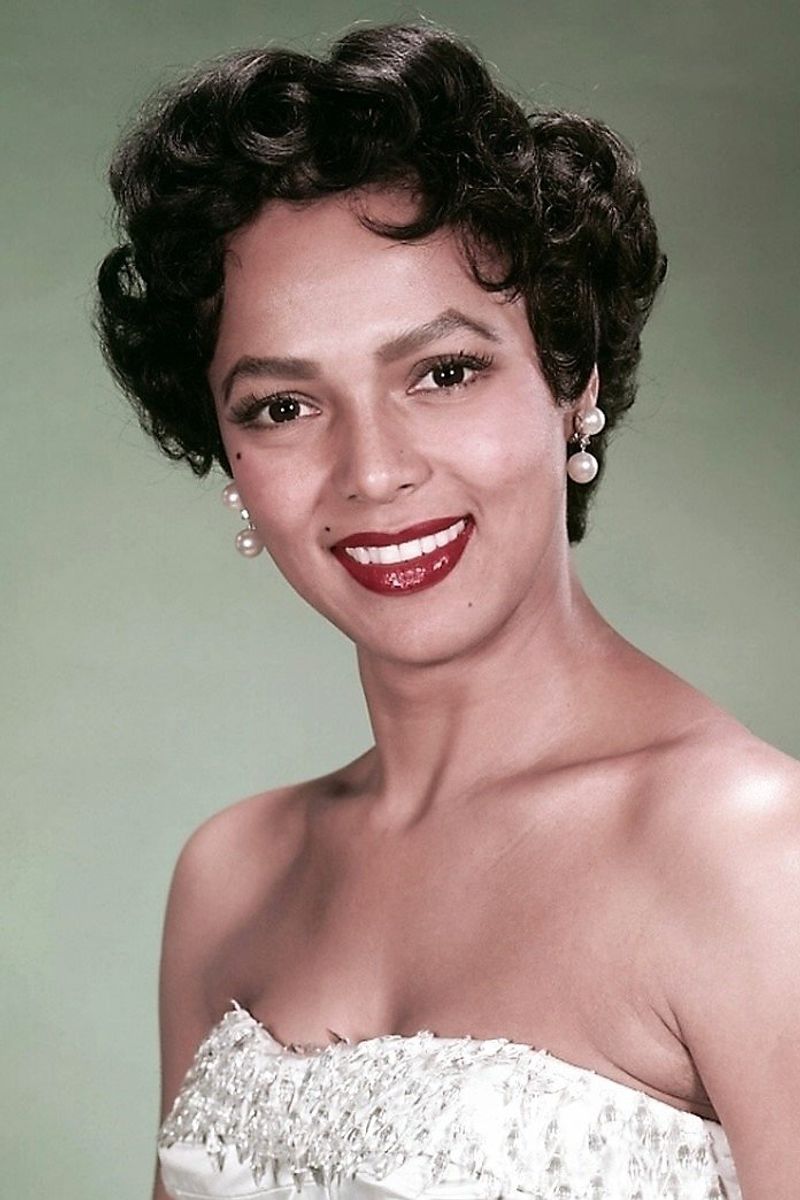
When Dorothy Dandridge received her Academy Award nomination for “Carmen Jones” (1954), she shattered Hollywood’s color barrier as the first Black woman nominated for Best Actress. Her stunning beauty and remarkable talent continued into the 1960s with films like “Porgy and Bess” (1959) and “Malaga” (1962).
What makes Dandridge’s story so heartbreaking was the industry’s failure to capitalize on her groundbreaking achievements. Despite her obvious star quality, meaningful roles for Black actresses remained scarce. Financial troubles and personal struggles plagued her later years. Her death at 42 cut short a career that could have transformed Hollywood decades before diversity became a priority. Her legacy as a trailblazer remains powerful today.
3. Sal Mineo
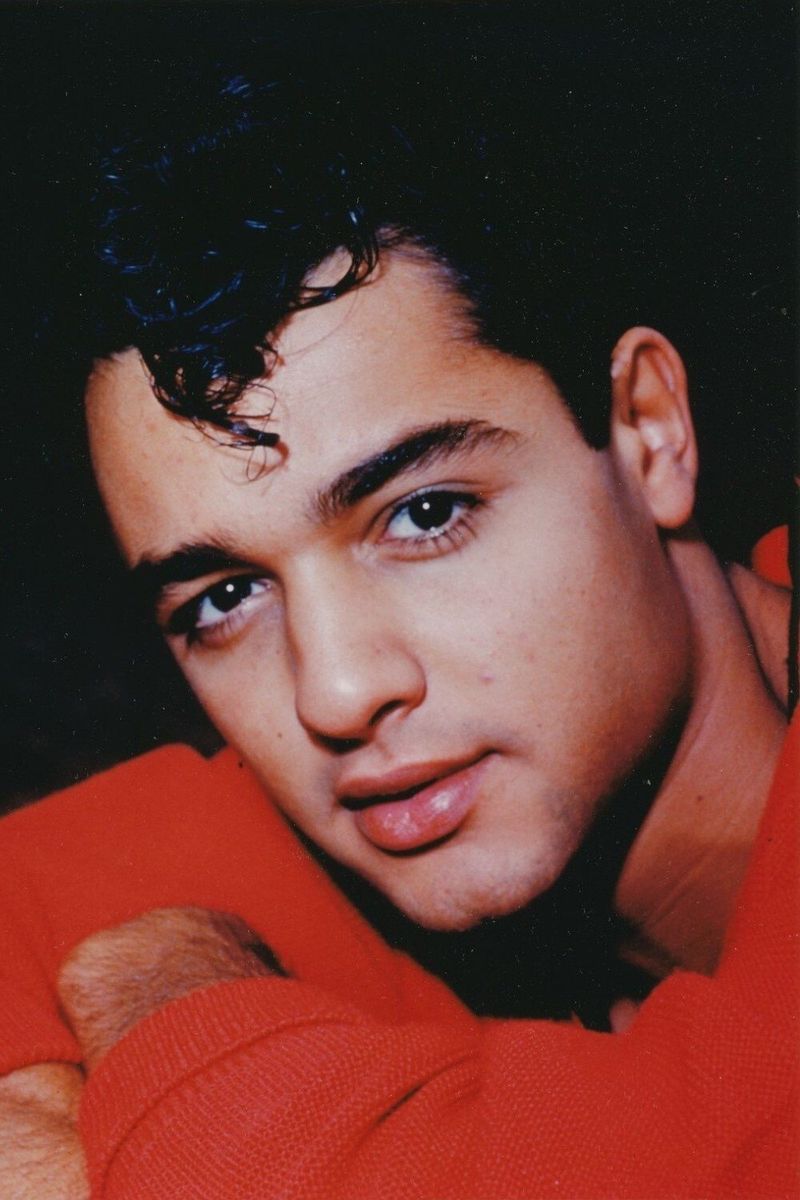
Forever immortalized as Plato in “Rebel Without a Cause,” Sal Mineo’s career peaked with Oscar nominations for both that film and “Exodus” (1960). His soulful eyes and emotional intensity made him a teen idol, but Hollywood struggled with his evolution into adult roles.
Mineo’s willingness to tackle controversial subjects and his openness about his sexuality were revolutionary for the era. His performance in “Who Killed Teddy Bear” (1965) revealed his untapped potential as a complex character actor. The industry’s narrow vision of masculinity limited opportunities for his unique talents. His murder in 1976 at age 37 robbed cinema of an actor who might have flourished in today’s more inclusive environment. Mineo’s brave career choices deserve greater recognition.
4. Tuesday Weld
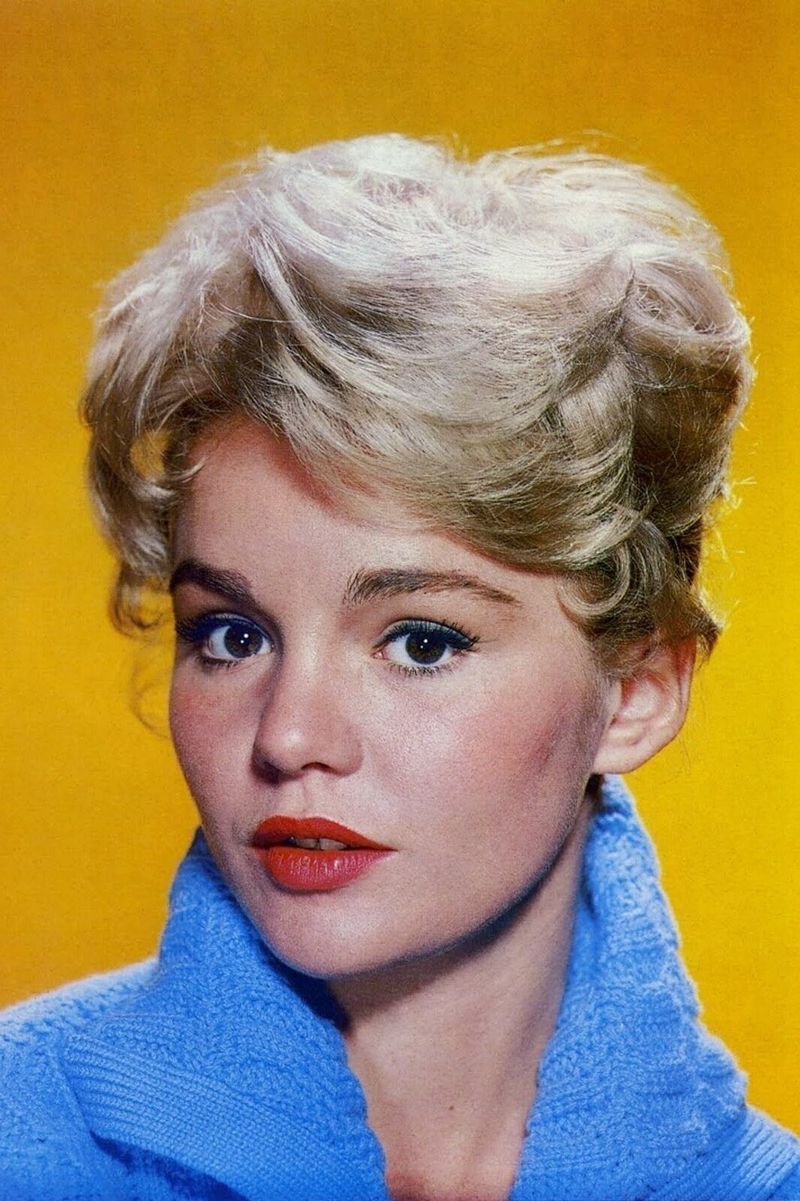
“I didn’t want success,” Tuesday Weld once famously declared, turning down career-making roles in “Lolita” and “Bonnie and Clyde.” This rebellious spirit made her Hollywood’s fascinating wild card throughout the 1960s. Her performances in “The Cincinnati Kid” (1965) and the darkly satirical “Lord Love a Duck” (1966) showcased her fearless approach to acting.
Critics recognized her raw talent, but Weld seemed almost allergic to the Hollywood machine. Unlike contemporaries who played the studio game, she chose challenging roles over commercial success. Her work in “Pretty Poison” (1968) revealed the depth mainstream cinema missed by not properly utilizing her talents. Today’s independent film scene would have embraced her uncompromising approach to her craft.
5. Claudia Cardinale
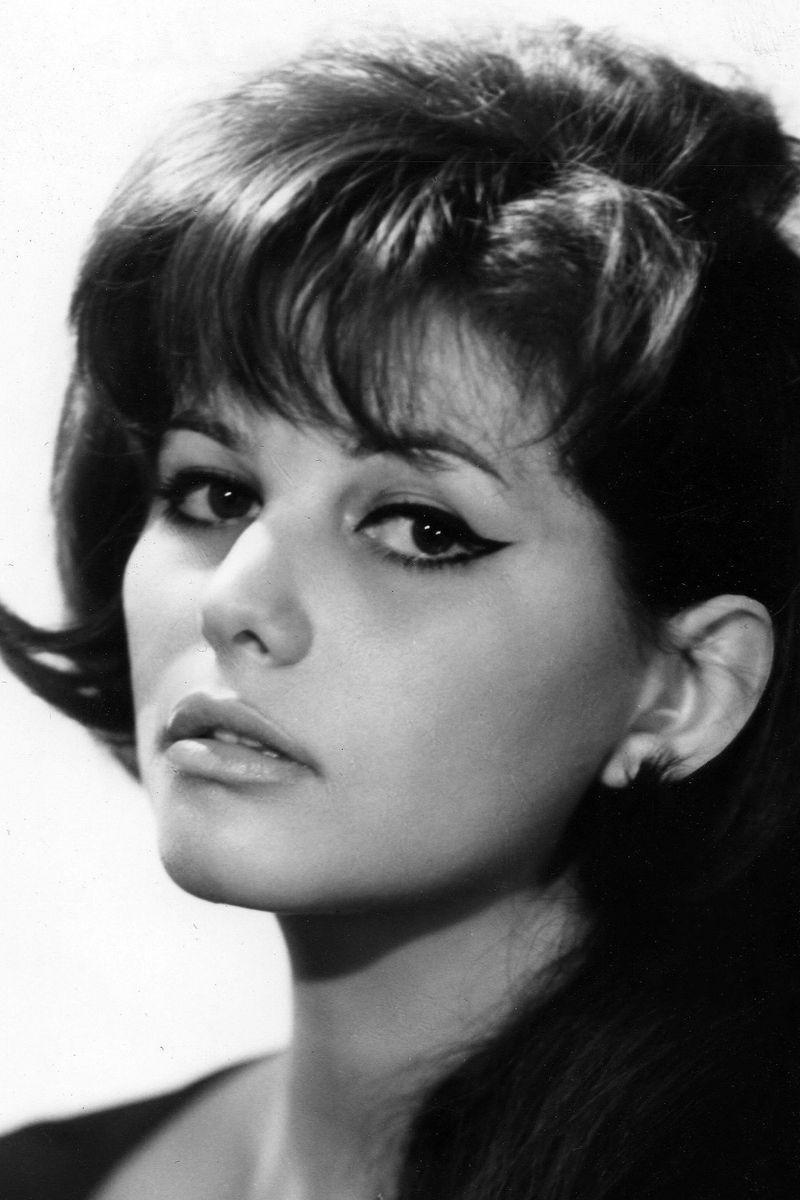
Born in Tunisia and discovered in Italy, Claudia Cardinale brought Mediterranean allure to global cinema in the 1960s. Unlike many European beauties imported to Hollywood, she maintained her artistic integrity by working with legendary directors like Federico Fellini in “8½” (1963). American audiences might recognize her from “The Pink Panther,” but her most powerful work came in Italian masterpieces like Visconti’s “The Leopard” (1963).
Cardinale refused to be merely decorative, bringing depth to every role. While Sophia Loren achieved household name status, Cardinale’s equally impressive career remains underappreciated in America. She represented a new kind of female star – one with both glamour and intellectual substance. Her 100+ film career deserves greater recognition in discussions of 1960s cinema.
6. George Peppard
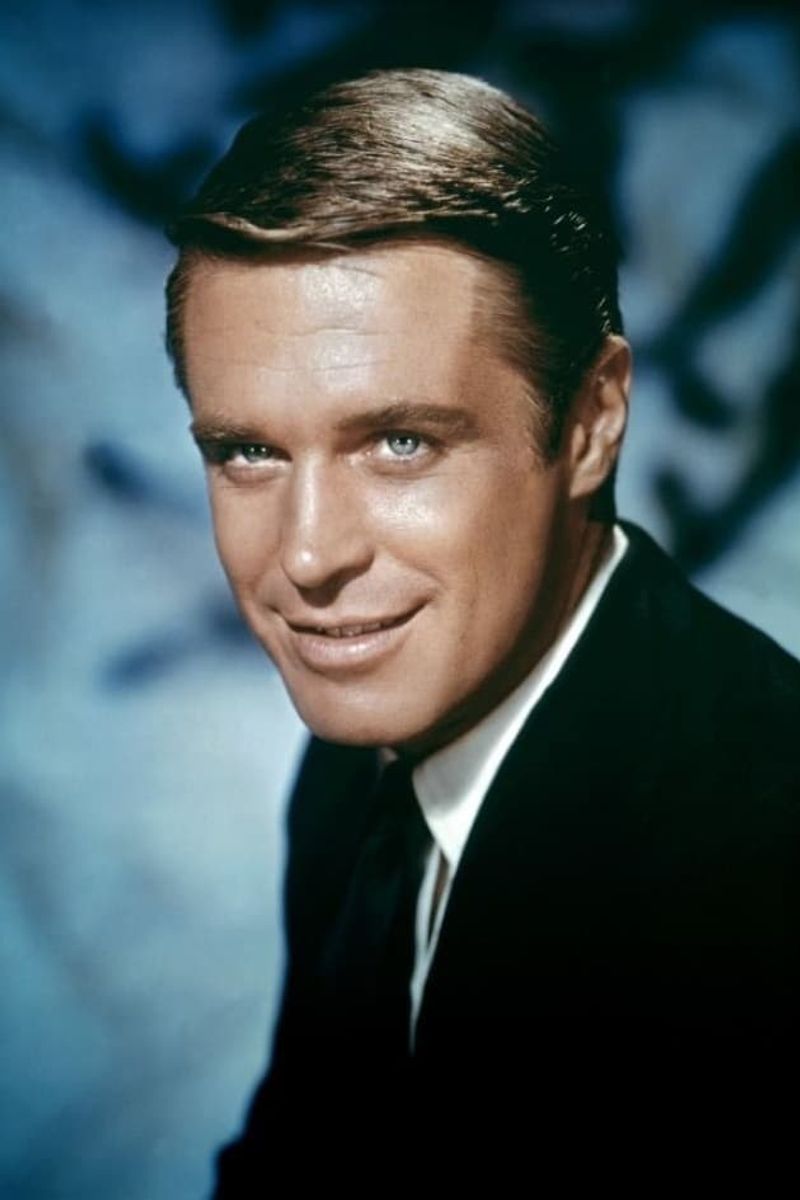
Most remember him as the dashing writer opposite Audrey Hepburn in “Breakfast at Tiffany’s,” but George Peppard’s 1960s career offered much more than that iconic role. His intense performance in “The Carpetbaggers” (1964) revealed his ability to play morally complex characters with conviction.
Peppard brought intellectual depth to traditional leading man roles. “Operation Crossbow” (1965) and “Tobruk” (1967) showcased his versatility in war dramas, while “The Blue Max” (1966) featured his most nuanced performance as an ambitious German fighter pilot. His reputation for being difficult on set may have cost him greater stardom. Before reinventing himself on television’s “The A-Team,” Peppard was one of the 1960s’ most compelling actors who never quite reached the A-list despite his considerable talents.
7. Carol Lynley
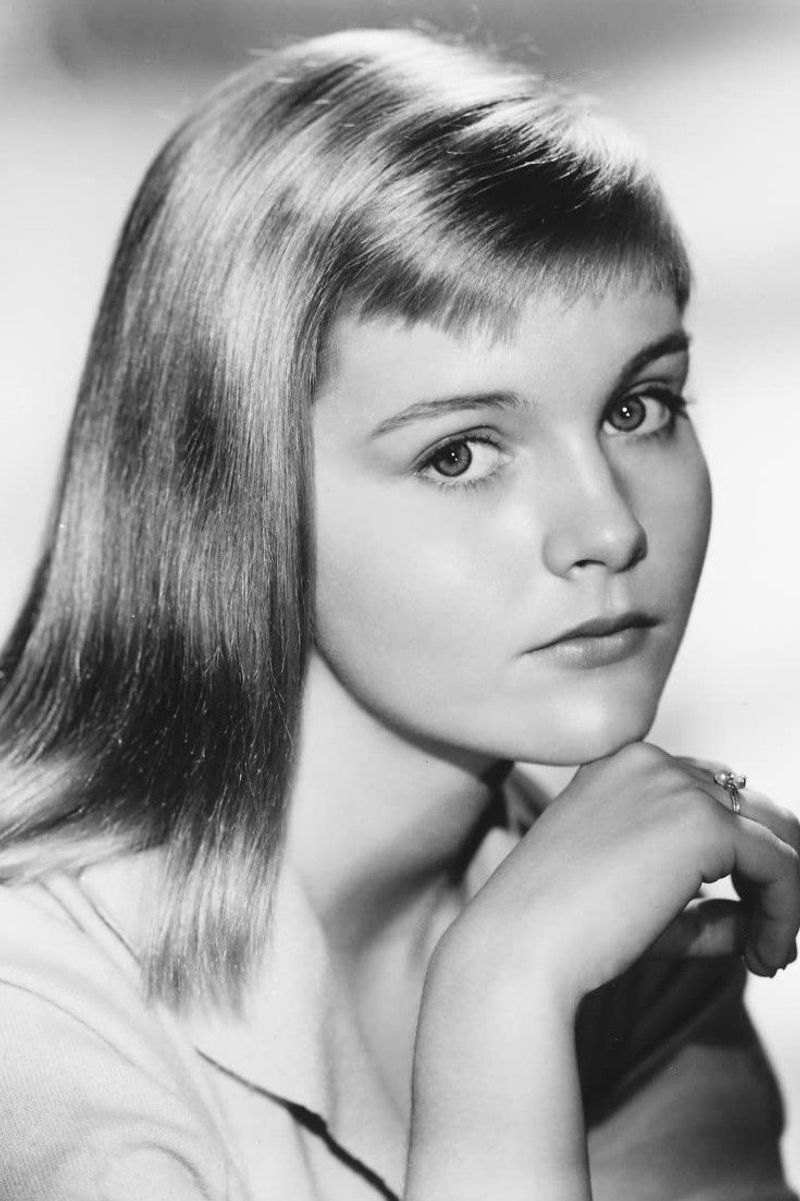
With her delicate features and platinum hair, Carol Lynley embodied a certain type of 1960s feminine ideal. Her breakthrough in controversial teen pregnancy drama “Blue Denim” (1959) promised a career of substance that Hollywood never fully delivered. Lynley’s memorable turn in disaster epic “The Poseidon Adventure” (1972) came after a decade of roles that rarely challenged her capabilities.
“Bunny Lake Is Missing” (1965) stands as perhaps her finest performance – a psychological thriller that showcased her range beyond the ingenue parts she was typically offered. “The Pleasure Seekers” (1964) and “Under the Yum Yum Tree” (1963) revealed her natural comedic timing. A victim of Hollywood’s limited imagination regarding blonde actresses, Lynley’s career represents the untapped potential of many women in 1960s cinema.
8. Stephen Boyd
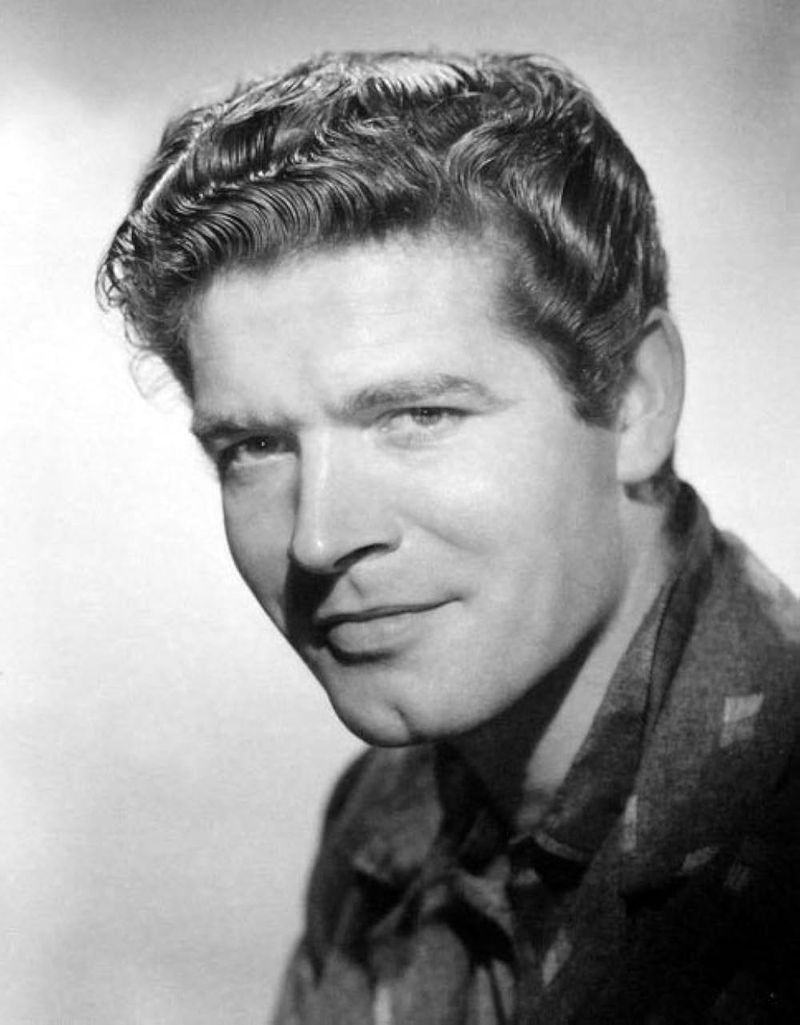
His intense gaze in “Ben-Hur” created one of cinema’s most subtly homoerotic relationships, though that was never explicitly stated in the script. Stephen Boyd’s powerful presence and rugged good looks should have made him a superstar, but Hollywood stardom proved elusive.
The Irish actor brought gravitas to historical epics like “The Fall of the Roman Empire” (1964) and “Genghis Khan” (1965). His versatility shined in the science-fiction thriller “Fantastic Voyage” (1966), proving he could handle contemporary material with equal skill. Boyd lacked the self-promotional instinct of some contemporaries. His preference for challenging roles over commercial considerations may have limited his mainstream appeal. His premature death at 45 cut short a career that deserved far more recognition than it received.
9. Anouk Aimée
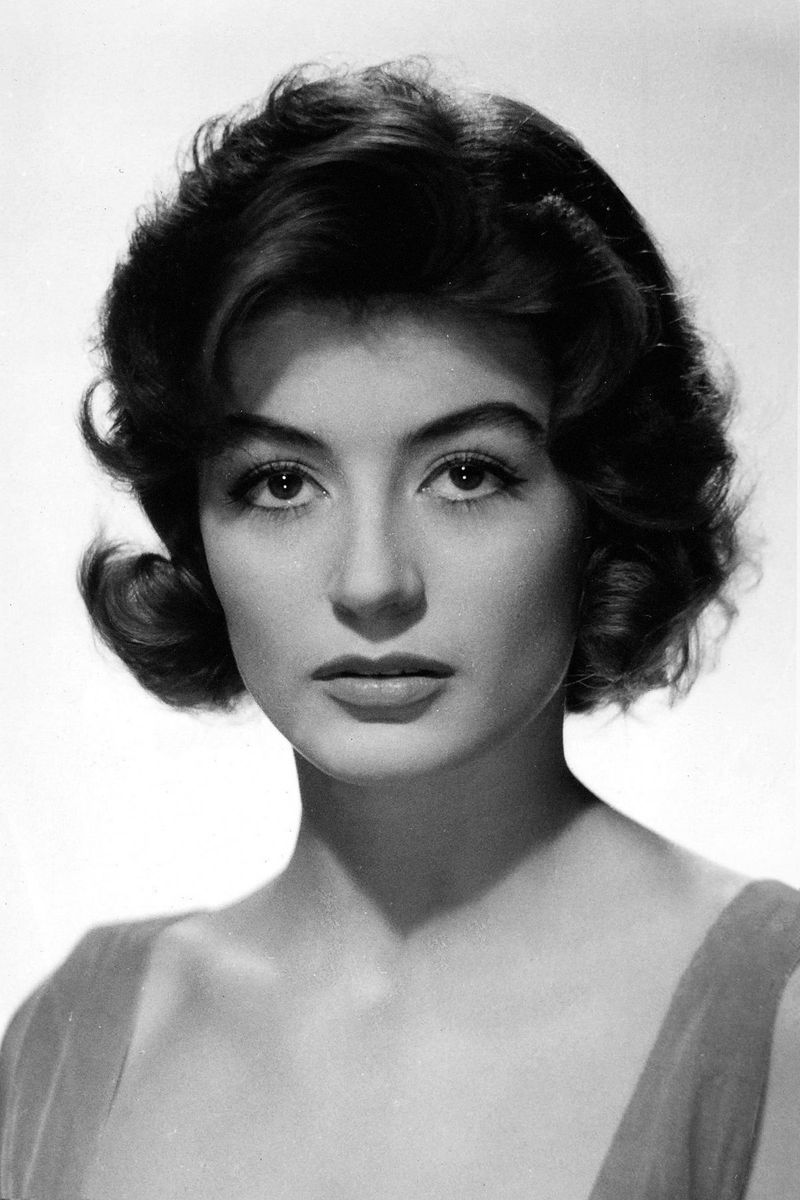
French cinema gave us Bardot’s sensuality and Deneuve’s icy perfection, but Anouk Aimée offered something more mysterious and profound. Her haunting beauty in Fellini’s “La Dolce Vita” (1960) and “8½” (1963) created unforgettable images of feminine mystique.
Aimée’s international breakthrough came with “A Man and a Woman” (1966), a romantic drama that captured the essence of 1960s European art cinema. Her naturalistic performance won her Golden Globe and Oscar nominations, yet American audiences never embraced her as they did other French imports. Unlike actresses who modified their personas for Hollywood, Aimée remained authentically European. Her work with directors like Jacques Demy in “Lola” (1961) showcased her subtle emotional range. She represented a sophisticated alternative to Hollywood’s vision of female stardom.
10. George Chakiris
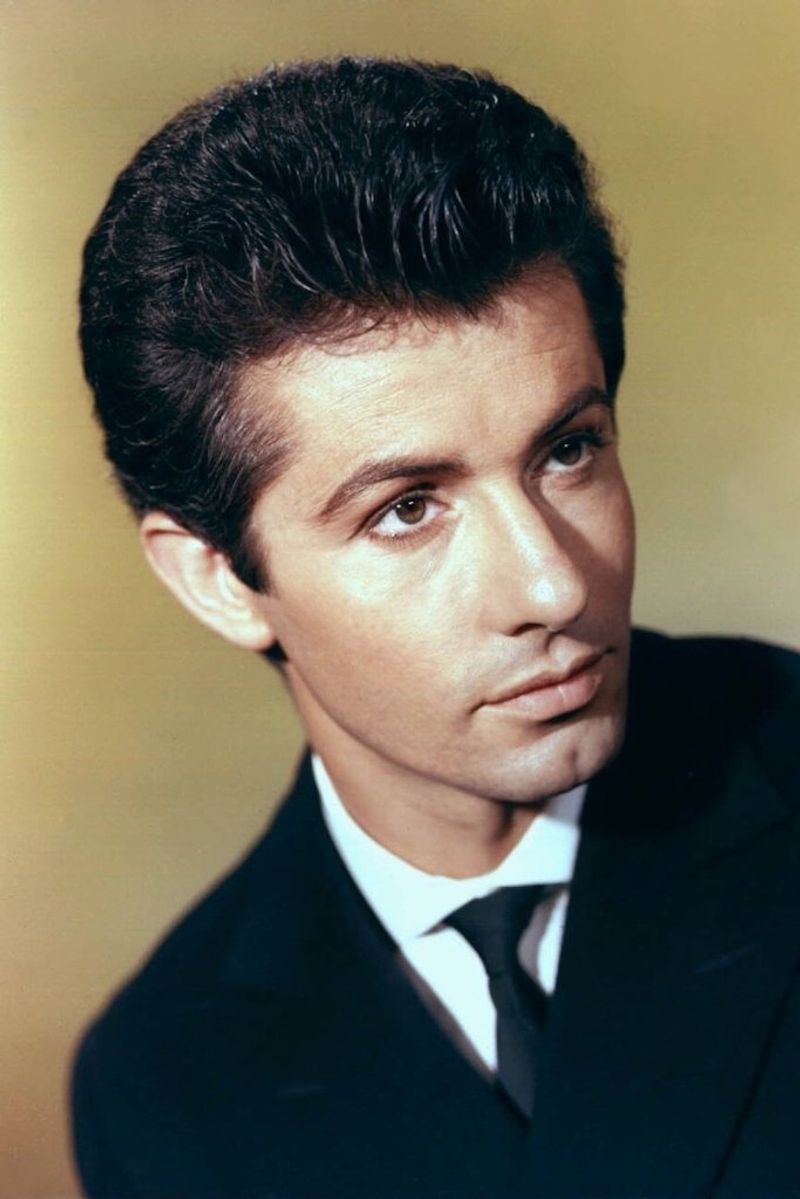
Few actors win an Oscar for their first major role, but George Chakiris accomplished this feat as Bernardo in “West Side Story” (1961). His electrifying dance sequences and charismatic presence promised a brilliant career that somehow never fully materialized.
Hollywood struggled to capitalize on his unique talents after his Academy Award triumph. “Diamond Head” (1963) and “Kings of the Sun” (1963) offered him leading roles, but neither film provided the perfect showcase for his abilities. As a Greek-American performer, Chakiris faced typecasting issues common to ethnic actors of the era. He eventually found more consistent work in European productions. His precise movements and expressive face made him a singular talent who deserved the kind of career opportunities routinely offered to his less accomplished white counterparts.
11. Stella Stevens
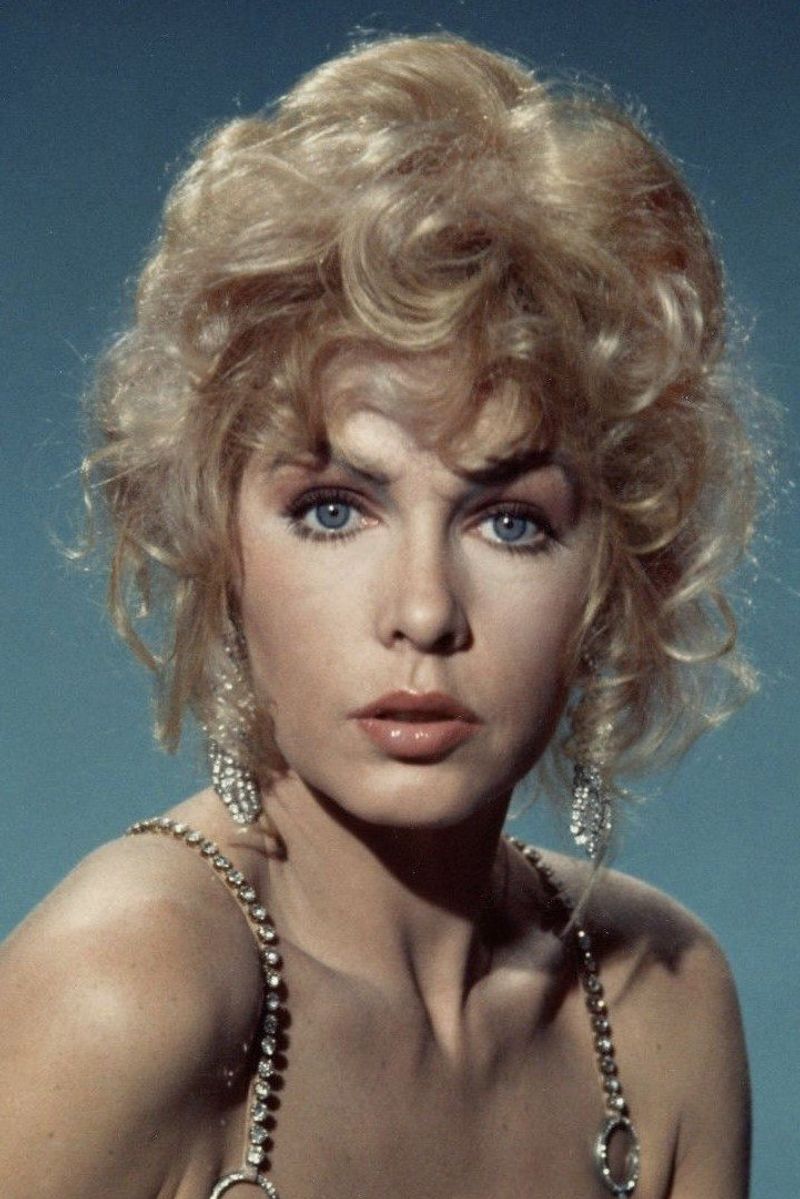
Behind the platinum blonde hair and bombshell figure was one of the 1960s’ most underrated comic actresses. Stella Stevens’ perfect timing and expressive face made her Jerry Lewis’s ideal foil in “The Nutty Professor” (1963), where she brought warmth and dimension to what could have been a one-note role. Hollywood’s fixation on her appearance often overshadowed her considerable talent.
“The Courtship of Eddie’s Father” (1963) and “The Silencers” (1966) revealed her ability to bring depth to lightweight material through sheer charisma. Stevens possessed rare versatility, excelling in both comedy and drama. Her Golden Globe for Most Promising Newcomer led to a solid career but not the stardom her talents warranted. Like many beautiful actresses of the era, the industry never fully capitalized on her range beyond her obvious visual appeal.
12. Peter Finch
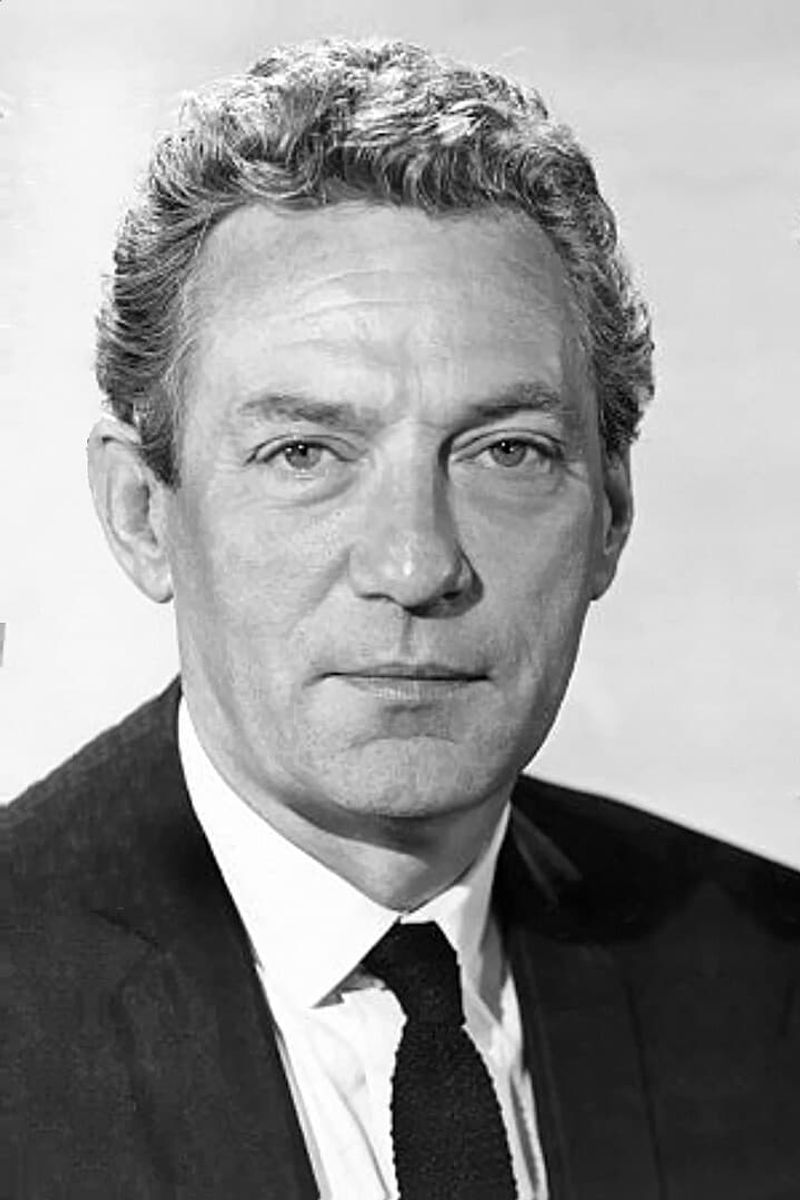
Long before his posthumous Oscar for “Network,” Peter Finch was crafting nuanced performances throughout the 1960s. The Australian actor brought psychological depth to political drama “No Love for Johnnie” (1961), playing a disillusioned MP with remarkable subtlety. Finch excelled at portraying men grappling with moral dilemmas.
His work in “The Trials of Oscar Wilde” (1960) and “Far from the Madding Crowd” (1967) demonstrated his ability to humanize complex, flawed characters without simplifying their contradictions. Unlike many contemporaries, Finch grew more compelling with age. His collaboration with director Jack Clayton in “The Pumpkin Eater” (1964) showcased his ability to hold his own against Anne Bancroft at her best. Though respected within the industry, Finch’s extraordinary talent wasn’t fully appreciated by audiences until his final performance.
13. Capucine
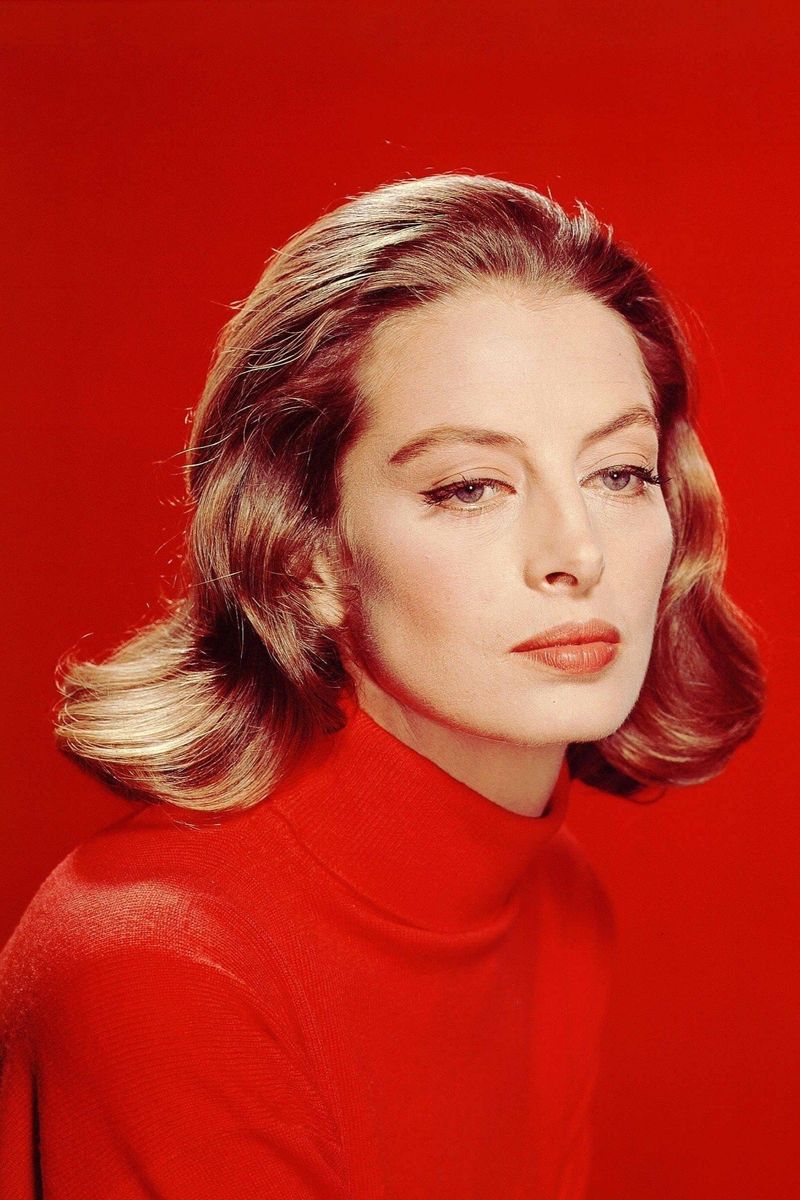
Before modeling was a common path to acting, French beauty Capucine transitioned from Paris runways to Hollywood screens with uncommon elegance. Her sophisticated presence elevated “The Pink Panther” (1963), where her comic timing matched the legendary Peter Sellers beat for beat.
Born Germaine Lefebvre, Capucine brought European refinement to American films. “Walk on the Wild Side” (1962) showcased her dramatic abilities in a daring role as a lesbian madam – territory few mainstream actresses would explore in the early 1960s. Friend and mentor William Holden helped launch her Hollywood career with “Song Without End” (1960). Despite her obvious talents, the industry primarily valued her for her exotic beauty. Her struggle with depression ended tragically with suicide in 1990, cutting short a life that deserved more recognition for its artistic contributions.

Comments
Loading…